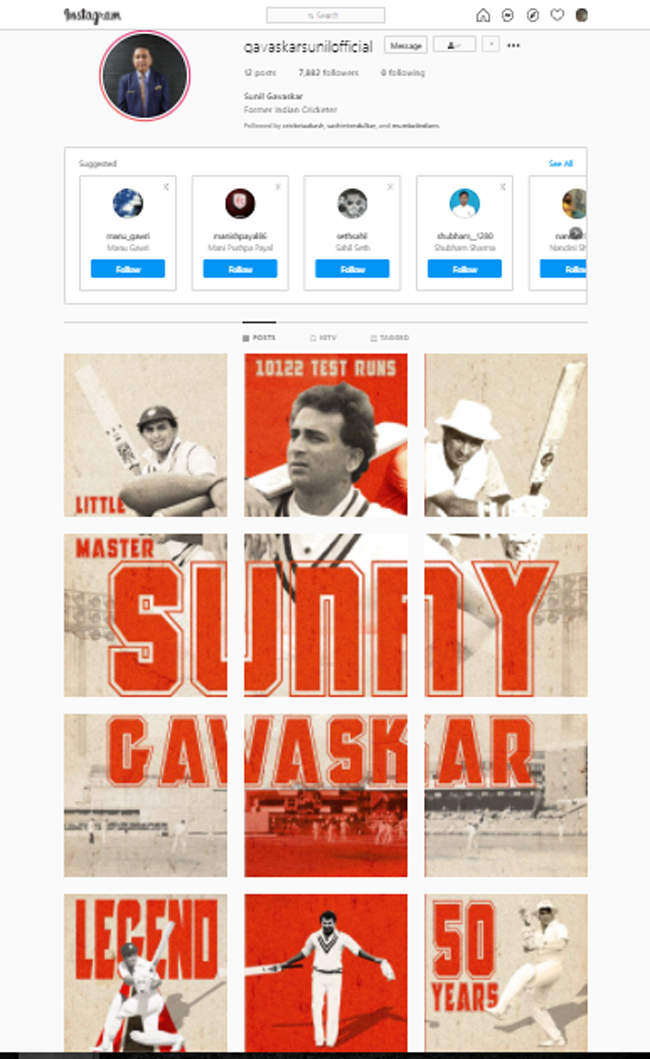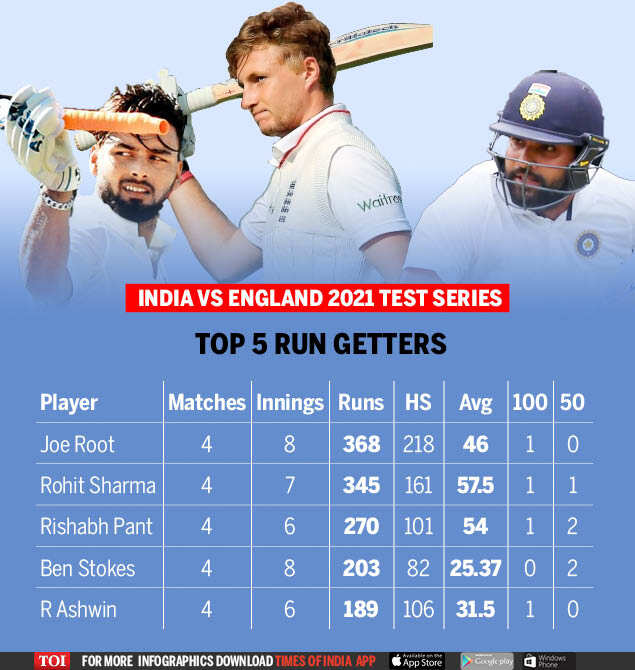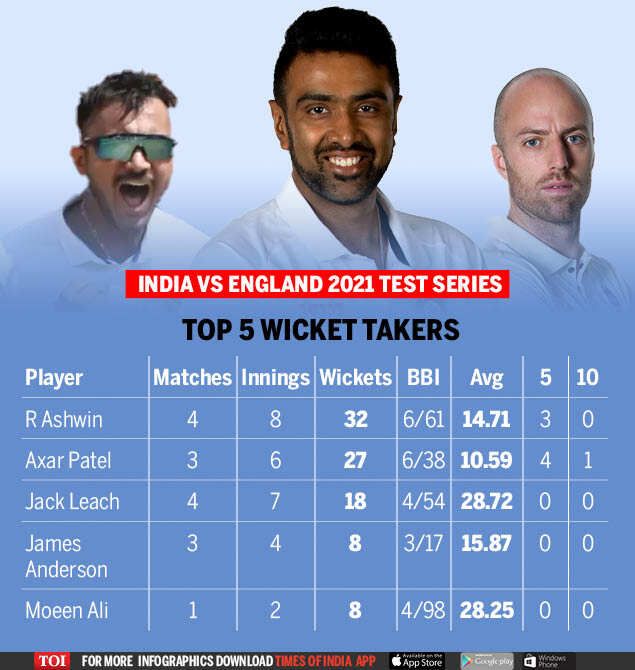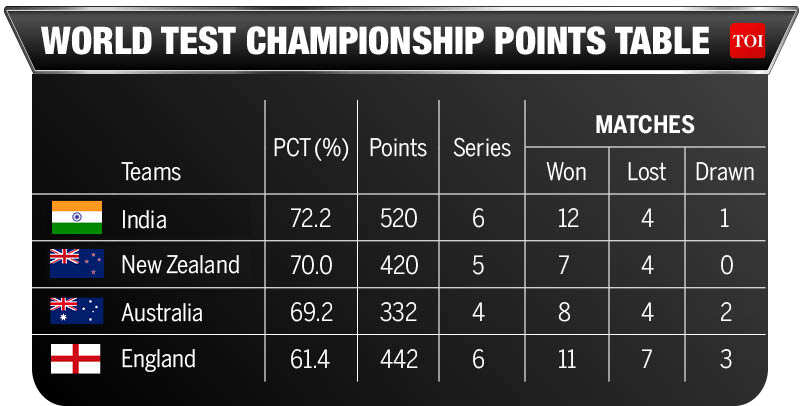England’s players are yet to complain about pitches all series, even though they have been asked about it countless times. Their coaching staff too have said nothing negative publicly. But, the fact of former cricketers and journalists discussing the pitches ad nauseam has certainly got the goat of some Indian cricketers.
R Ashwin was the first to come out strongly against this, asking what the definition of a good pitch was, and who defined it. The latest was Ajinkya Rahane, the vice-captain of the Indian team, who was asked how these comments impacted the team, if they did, in the first place.
“It [the outside comments] does not affect at all. See, let people speak what they want to, wicket. When we tour abroad, no one speaks about how seaming the wicket was. Everyone only highlights the [poor] technique of Indian batsman,” said Rahane. “I don’t think we take seriously what people say. When we tour abroad, the first-day wicket is damp. It has dents and starts behaving up and down, then the wicket becomes dangerous, but we haven’t complained about it or have never spoken about it. While playing on spinning wicket, yes, you have to follow [something] like you do on seaming wickets, so we aren’t bothered about what people say and I don’t think these wickets are dangerous.”
While they may not be dangerous, they certainly polarise opinion. To try and get another perspective, here’s Dhiraj Parsanna, the former India Test player, who was curator in Ahmedabad from 1983 to 2018. Parsanna first started working on pitches when he was playing for Durham in the minor counties. Back in the day his English was not good enough to secure him a part-time job that other players may have taken up, so he was given work at the grounds. Even this only happened because he was the son of a farmer and therefore had familiarity with soil types and the like.
Ask Parsanna what makes a good pitch and he is non-committal. “Modern cricket, a lot of new things are coming up these days, I don’t know the real answer. Spinning tracks or fast and bouncy tracks, so it’s difficult for me to say something about the present trend,” said Parsanna. “But what I think is everywhere – home or away – these kinds of things are accepted by both teams. Nobody makes any comments, so I would also not like to make any comments. I haven’t been a curator now but I have been observing for the last few years.”
ALSO READ – Dale Steyn Issues Apology Over Comments on IPL; Says Never Intended to Degrade, Insult Any League
When you ask Parsanna whether curators should have more of a free hand in making pitches, with less interference or demands from the home team, he answers carefully. “Call it curator or groundsman, I feel they are never allowed to prepare pitches their way. There have always been some suggestions here and there, it’s been going on for the last 10 years,” said Parsanna. “When I was a curator, my sincere attempt used to be to make a pitch that would last the whole duration of the game. Considering climatic conditions and nature of soil, pitch preparation varies from curator to curator and ground to ground. It seems now everyone has accepted these norms. Even England after losing haven’t really complained about the pitches, they have said they should improve their batting. It means that it’s okay.”
Coming down to brass tacks, Parsanna says that at some point the curator has little choice in what to do. “The curator is an employee so he has to follow orders. I was an employee of GCA for 36 years. In such case, you have to listen,” said Parsanna. “If you are honorary, you can say I will do it my way. That’s the way it goes.”

 #INDvENG
#INDvENG  https://t.co/ZdbwAXE8EG
https://t.co/ZdbwAXE8EG

 https://t.co/Nyr6Bys2EF
https://t.co/Nyr6Bys2EF






